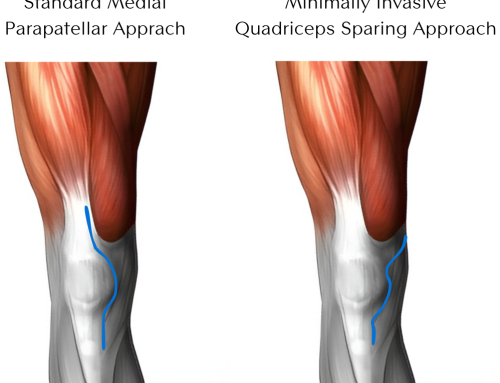Total hip arthroplasty, commonly known as hip replacement, is a surgical procedure that replaces the hip joint with an artificial one. The artificial joint, or implant, consists of several components, one of which is the bearing. The bearing is the contact area between the femoral head and the acetabular component. The choice of bearing surface is crucial as it can significantly impact the longevity and performance of the implant. This article will explore the different types of total hip arthroplasty implants, including various types of bearings, highly crosslinked polyethylene, dual mobility implants, and constrained implants.
Types of Total Hip Bearings
One of the most common types of total hip bearings is the metal-on-polyethylene bearing. Here, the femoral head is made of metal, typically cobalt-chromium or stainless steel, while the acetabular component is lined with ultra-high-molecular-weight polyethylene. This combination has been widely used due to its excellent track record and cost-effectiveness. However, wear and tear of the polyethylene liner can lead to osteolysis, a condition where bone around the implant is resorbed, potentially leading to implant loosening.
Ceramic-on-polyethylene bearings are another type of total hip bearing. The femoral head is made of ceramic material, while the acetabular component is lined with polyethylene. Ceramic heads are smoother and harder than metal, leading to less wear and tear on the polyethylene liner. However, ceramic components are more brittle than metal, increasing the risk of fracture.
Metal-on-metal bearings, where both the femoral head and the acetabular component are made of metal, were once popular due to their low wear rates. However, concerns about metal ions released into the body due to wear and potential hypersensitivity reactions have led to a decrease in their use.
Ceramic-on-ceramic bearings, where both the femoral head and the acetabular component are made of ceramic, offer the advantage of very low wear rates. They are also free from concerns about metal ion release. However, they are more expensive than other options and carry a risk of squeaking and ceramic fracture.
Highly Crosslinked Polyethylene
In an effort to reduce wear and osteolysis associated with standard polyethylene, highly crosslinked polyethylene was developed. This material undergoes a process that strengthens the bonds between its molecules, reducing wear. It can be paired with either a metal or ceramic femoral head. Highly crosslinked polyethylene has shown reduced in vivo wear and lower rates of revision for total hip arthroplasty. However, the long-term performance of this material in vivo is still being studied.
Dual Mobility Implants
Dual mobility implants were introduced in France in the late 1970s as an alternative to standard sockets to reduce the risk of dislocation in patients undergoing primary total hip arthroplasty. The concept of dual mobility involves a standard femoral head that articulates within a larger polyethylene liner, which in turn articulates within a metal shell implanted in the acetabulum. This design provides two points of articulation, hence the term “dual mobility,” and increases the effective head size, reducing the risk of dislocation. Studies have shown that dual mobility cups can provide a lower dislocation rate in revision total hip arthroplasty, making them particularly useful in high instability risk revision cases.
Constrained Implants
Constrained implants are another design used to enhance stability in total hip arthroplasty. These implants feature a locking mechanism that physically restricts the range of motion and prevents dislocation. However, this added stability comes at the cost of increased stress on the implant and bone interface, potentially leading to a higher risk of implantloosening over time.
In conclusion, the choice of total hip arthroplasty implant depends on various factors, including the patient’s age, activity level, and overall health. Each type of implant has its advantages and disadvantages, and ongoing research continues to improve these materials and their performance.





